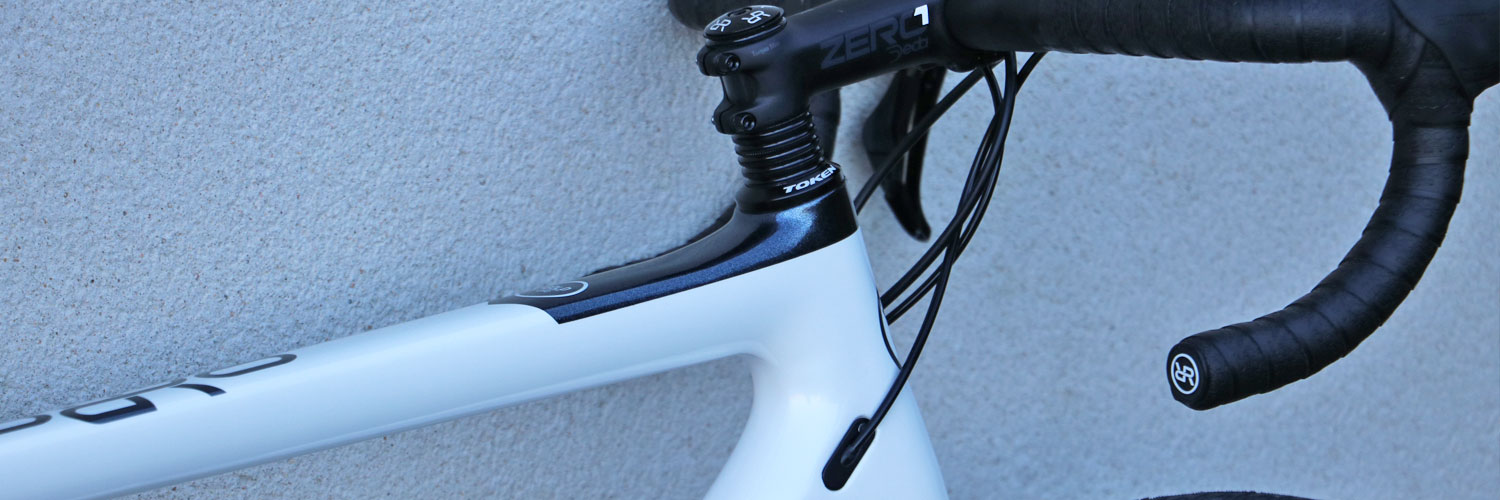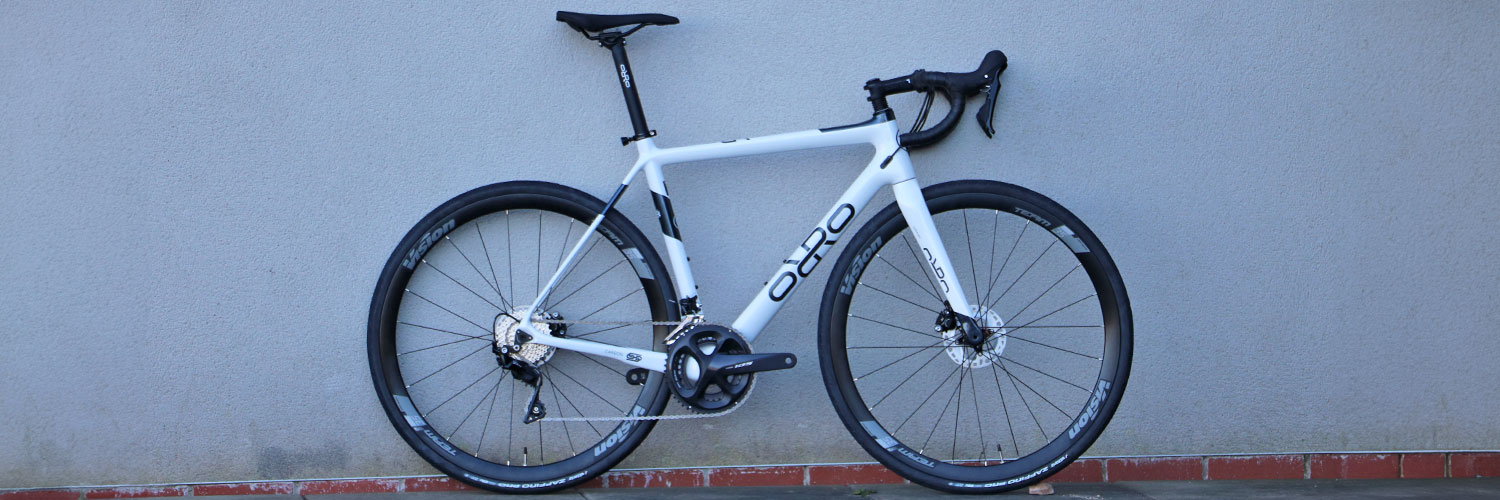Shimano, a powerhouse within the biking world, provides two main sorts of groupsets which have garnered consideration and stirred debate amongst biking fans: the Mechanical and the Di2.

Each have their distinctive strengths and cater to completely different preferences and wishes. This weblog dives into the core options, advantages, and issues of the Shimano Mechanical versus the Shimano Di2 groupsets to assist riders make an knowledgeable alternative.
Shimano Mechanical Groupsets: The Traditional Alternative


Shimano Mechanical groupsets signify the normal strategy to bike gear shifting. They’re revered for his or her reliability, tactile suggestions, and ease.
Key Options:
- Cable-Operated: The shifting mechanism is managed by means of bodily cables, which when adjusted or pulled, change gears.
- Tactile Suggestions: Riders can really feel the gear modifications by means of the levers, offering a way of direct management and engagement with the bike.
- Ease of Upkeep: Mechanical methods are usually simpler to restore and preserve, particularly in distant areas the place specialised digital instruments are usually not out there.


Advantages:
- Sturdiness and Reliability: With fewer digital parts, mechanical groupsets are much less susceptible to failure because of digital points.
- Price-Efficient: They’re often inexpensive than their digital counterparts, making them an ideal choice for budget-conscious riders.
- Consumer Serviceable: The simplicity of mechanical methods permits riders with fundamental mechanical data to carry out changes and repairs.


Concerns:
- Shift Effort: Shifting gears, particularly below load, can require extra effort in comparison with digital methods.Precision: Whereas extremely dependable, the precision of mechanical shifting can degrade over time as cables stretch and put on.
Shimano Di2 Groupsets: The Technological Edge
The Di2 (Digital Built-in Intelligence) represents Shimano’s foray into digital shifting, providing precision, ease of use, and a high-tech expertise.


Key Options:
- Digital Shifting: Gear modifications are executed by digital indicators, making certain swift and exact shifts each time.
- Programmable Shifts: Riders can customise how and when the bike shifts by means of Shimano’s E-Tube software program, tailoring the expertise to their preferences.
- Automated Gear Changes: The Di2 can robotically modify the derailleur place, eliminating the necessity for guide trim and lowering chain rub.


Advantages:
- Constant Efficiency: Digital shifting offers constant gear modifications no matter situations, lowering the impression of damage and tear.
- Diminished Bodily Effort: Shifting requires minimal effort, which generally is a vital benefit on lengthy rides or races.
- Superior Options: Integration with different digital parts, resembling energy meters and cycle computer systems, provides a extra related and data-driven experience.


Concerns:
- Price: Di2 groupsets are costlier, each in preliminary buy and potential restore prices.
- Battery Life: Whereas battery life is usually lengthy, riders want to make sure their system is charged, particularly for prolonged rides.
- Complexity: Repairs and changes could require specialised data or a visit to a professional mechanic.
Making the Alternative
When deciding between Shimano Mechanical and Di2 groupsets, take into account your driving type, preferences, and finances. For many who worth a basic really feel, reliability, and hands-on upkeep, the Mechanical groupset is a superb alternative.
Then again, riders looking for the head of know-how, easy shifting, and customizable experiences will discover the Di2 to be an ideal match.
In the end, each groupsets replicate Shimano’s dedication to high quality and innovation, making certain that riders of all preferences can discover a setup that meets their wants. Whether or not you select the tactile authenticity of Mechanical or the precision and ease of Di2, you’re geared up for numerous miles of pleasing rides.